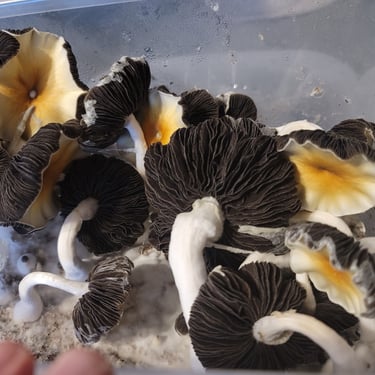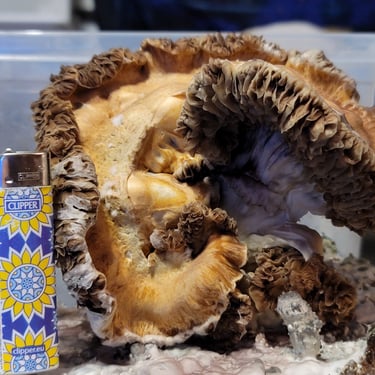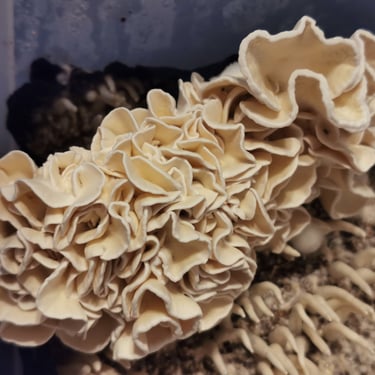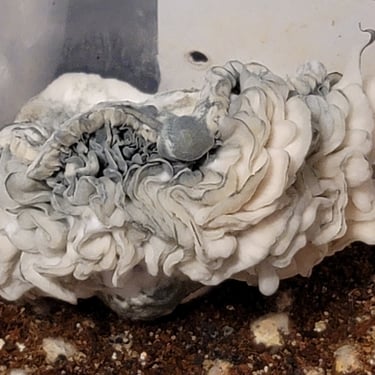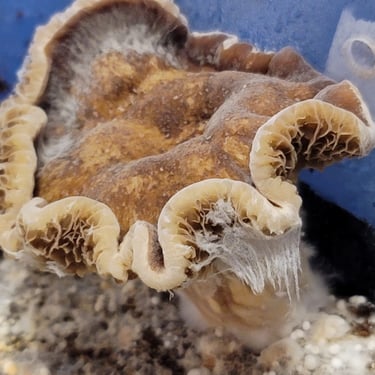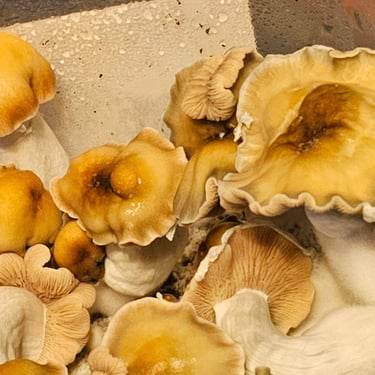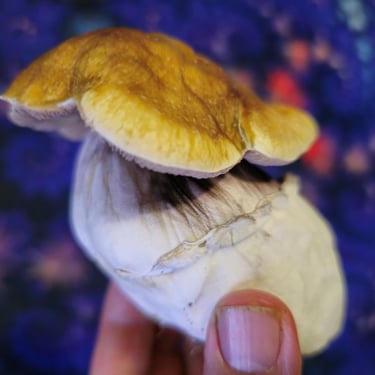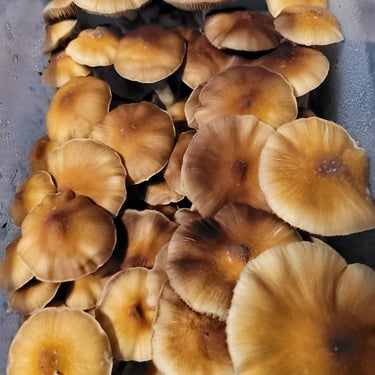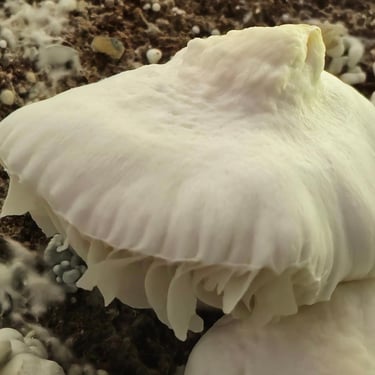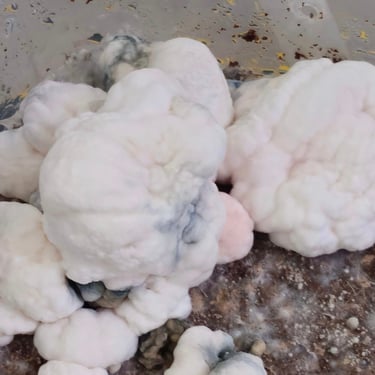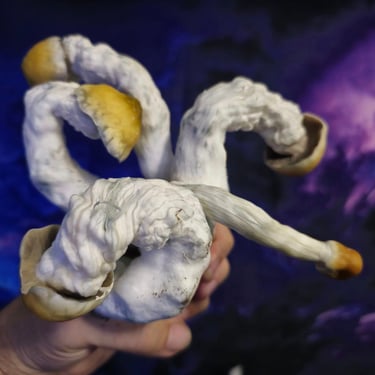El Choco
embrace the darkness
GENETIC SPOTLIGHT
Dave Wombat
9/12/20244 min read
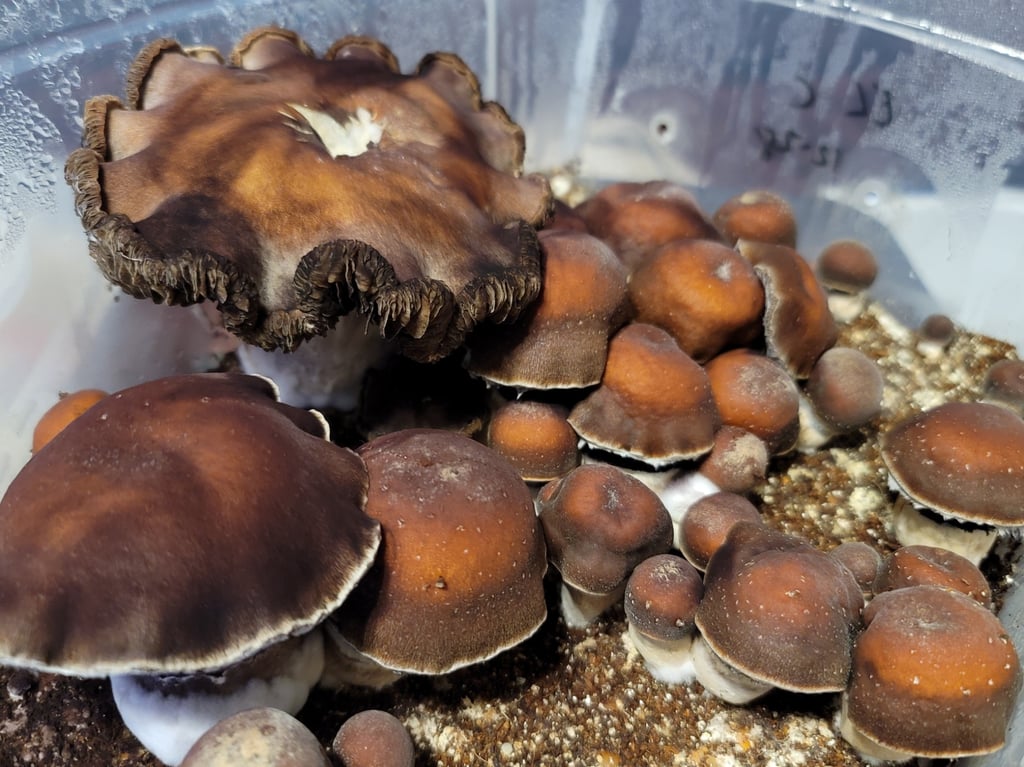

My post content
Like many people when they first start growing, I was unsure of which spores I should choose to begin my journey with, and most of the options available back then looked about the same. I saw B+ described as beginner friendly and easy growing, and thought that sounded like a good place to start. I ordered a print of the B+, and one of Cambodian and a Penis Envy syringe to be my next challenges once I had the B+ mastered.
Of course I later learned that the "beginner friendly" marketing really applies to all fast growing, outdoor type cubes, but when you're just getting started you're hoping for any advantage you can get. I made some PDA (potato dextrose agar) from boiling peeled potatoes, made my first agar plates by pre-pouring and then pressure cooking them, and used a wire loop to scratch a bit of the print and apply it to the agar. No flow hood or even still air box back in those days, I did my inoculation work in a sealed up bathroom that had the shower blasting on hot to steam-saturate the air, then worked in the short moments of clean air after the steam settled. Primitive and uncomfortable, but it worked well enough. My plate grew clean mycelium. I didn't really know where to go next from there, and while I was reading up on the next steps, the plate grew my very first tiny mushroom!
That first culture found its way into some grain, and later a tub, and grew more mushrooms. I later started the other spores I had, and acquired and ran more, but that B+ was my "old faithful" standby, always consistent and reliable. I kept it alive by grain-to-grain transfers for 10 years at one point. As other varieties came and went, the B+ remained a constant for 20 years before one day, it decided to do something different.
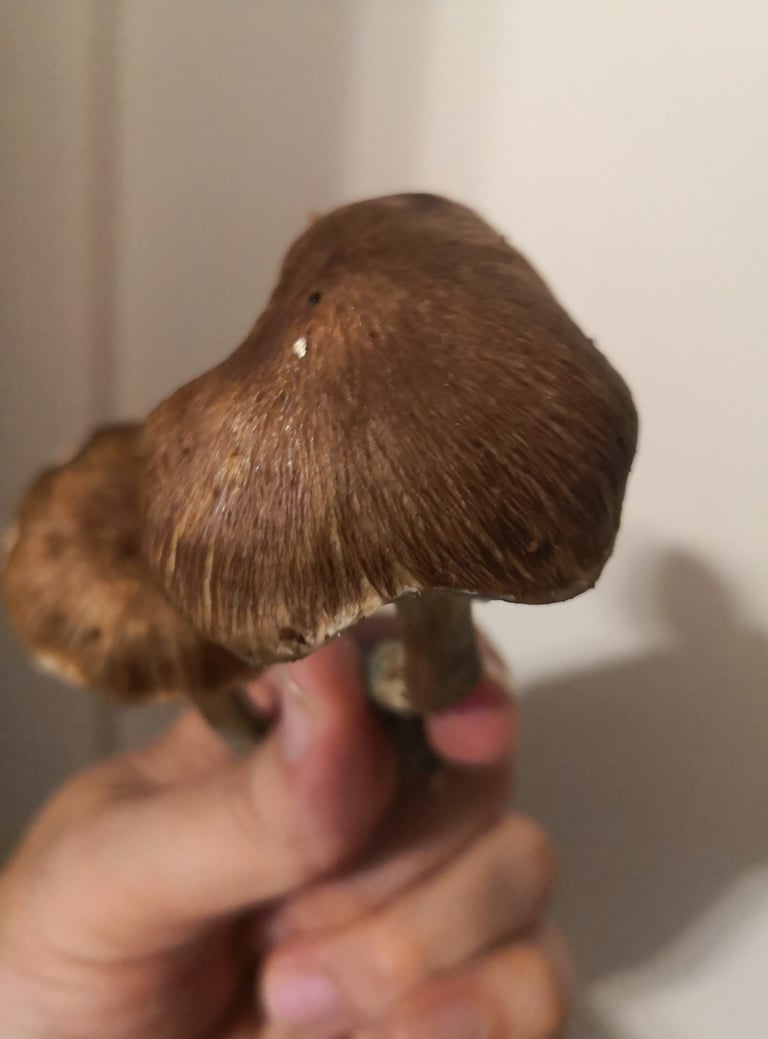



Mixed in with the usual B+ fruits were a few dark colored, hairy capped fellows. I wasn't in the habit of taking pictures of my mushrooms back in those days, but I had just started using social media and interacting with other growers for the first time; prior to that I was simply growing privately for my own amusement; I had never taken a picture of the original B+ and had seen it so many times I never thought there was any reason to. But these dark hairy mutants seemed special.
At this point in time in the online mush community, albinos were all the rage...Avery's Albinos were very popular, and Jik Fibs TAT, Ghost, and Yeti had just hit the scene and were taking the world by storm. The idea that you could work in the other direction and make things darker intrigued me, and I set about on that mission: to only take spores from the darkest capped fruits in each grow, with the expectation that over progressive generations this selection process would continue to increase the dark pigmentation.
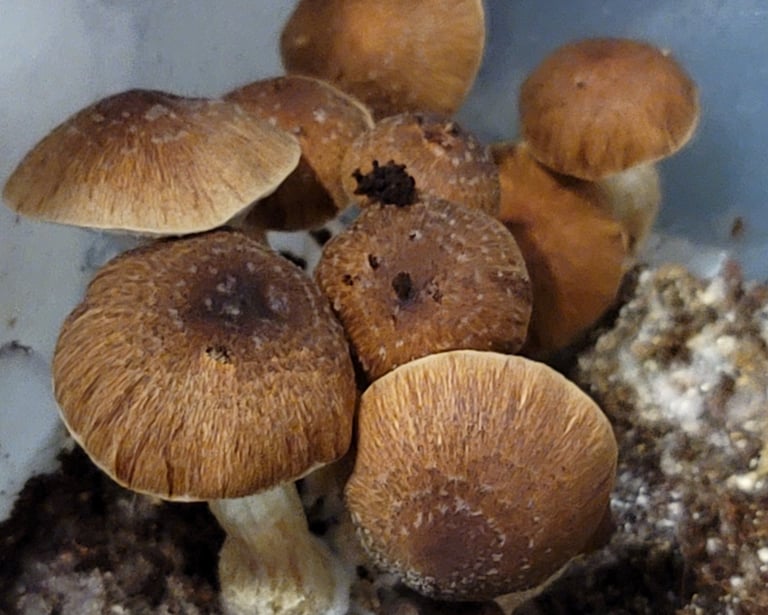

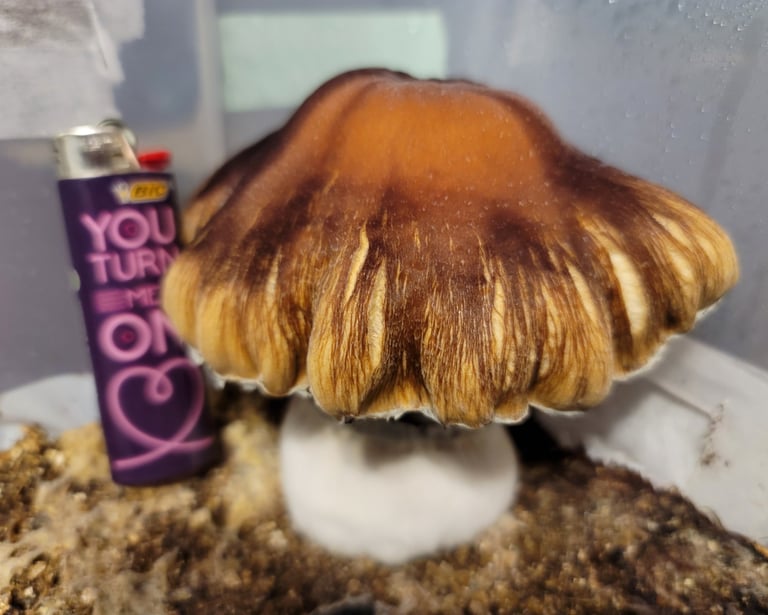

Besides the darker pigment and hairy cap texture, other traits began to manifest that further separated El Choco from its B+ origins. The fruits were in general shorter and thicker stemmed, and had a strong tendency to grip the substrate at their base...it was often difficult to pick them without ripping huge divots out of the cake. It also had a tendency for fruits to begin forming beneath the substrate surface, and later burst forth almost fully grown; with a few tubs the substrate cake was almost completely destroyed trying to harvest them. El Choco also became progressively slower growing and more dense as the generations passed.
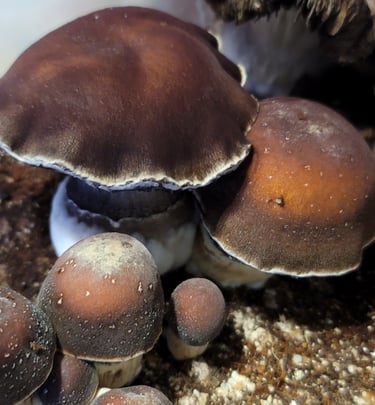

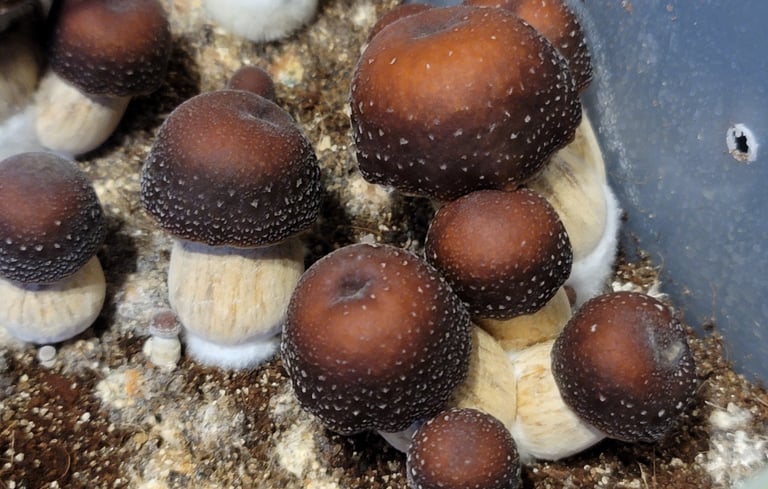

As the fruits continued to trend thicker and more compact, the hairy texture on the caps became less evident, sometimes only visible once the cap had fully spread out...and with the development of more solid domed caps, there was less spreading out happening as well. Numerous stages along this evolutionary path have been released out into the community, so its quite possible to see different versions of El Choco from different growers.
On its own, El Choco is a unique looking cultivar, and its slow growth and density make it surprisingly potent for a genetic that is still capable of dropping spores...though the rate and volume of spore ejection has decreased significantly over its evolution. Its unique look has made it one of my favorites for breeding purposes, as it provides obvious visual markers to look for in the crossed offspring. Besides the darker pigmentation, it also seems to provide an element of unpredictable strangeness, as evidenced in the Chocolate Krinkle, Chocolate Gumby, and ChocoMak cross projects.
El Choco is eye-catching and fun to grow, but it also holds a special place in my heart as a descendent of the first B+ spores I germinated over 26 years ago. This genetic line has run continuously from that beginning, my constant companion and it continues to provide endless entertainment in its many different forms and crosses. El Choco crosses are displayed below, from left to right, top to bottom: ChocoTAT, Chocolate Krinkle, Chocolate Krinkle Brains, Albino Chocolate Krinkle, Chocolate Gumby, Mr Peanut, Mr Peanut "long", Chocolate Thai, ChocoMak, ChocoMak "Conehead", ChocoMak "Pink Puffs", and Heimdall
